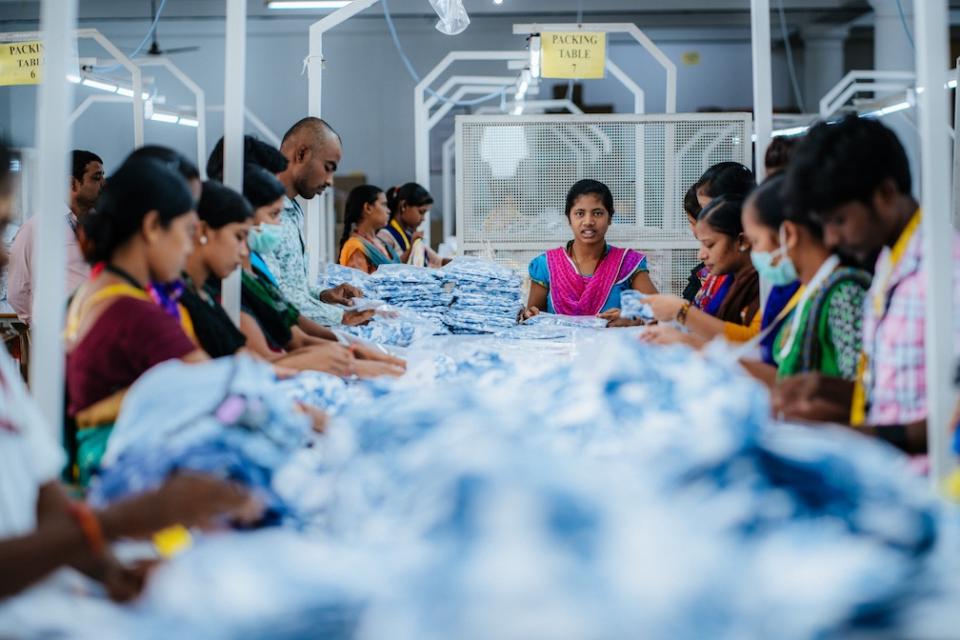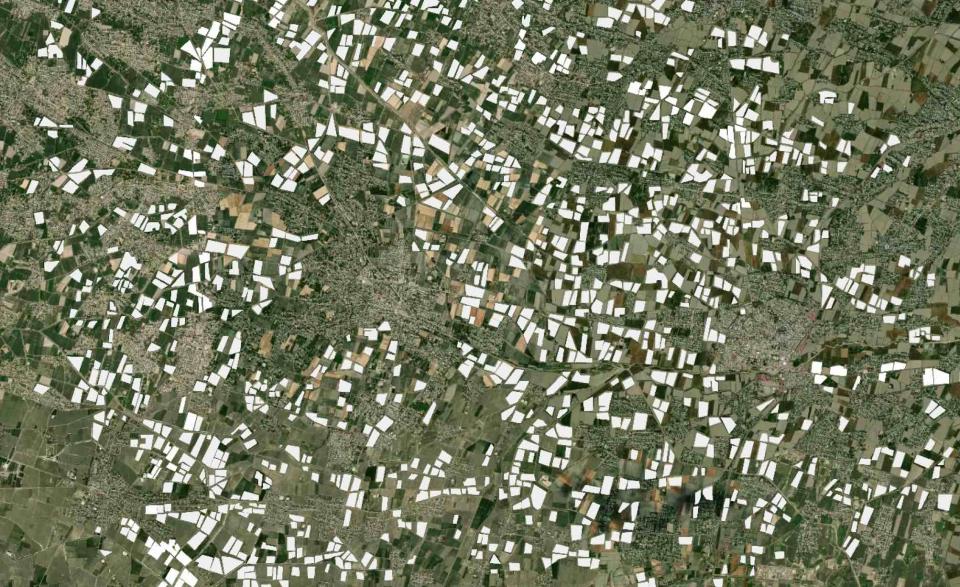India’s Cotton Fields Now Being Watched from Space

The world’s first satellite-monitored, AI-driven certification system for organic cotton took to space on Tuesday. Launched by the Global Organic Textile Standard (GOTS), the European Space Agency and German data fusion agency Marple are teaming up on the project that will observe Indian cotton fields and track their organic bona fides.
The news comes as India’s organic cotton sector bounces back after GOTS in 2020 discovered evidence of fraud that unleashed shockwaves throughout the industry, and forced the organic organization to respond to a New York Times exposé. Last fall, GOTS tightened up the requirements for cotton gins to get certified and guard against “potential fraud.”
More from Sourcing Journal
“Human behavior changes when we know that there’s a camera watching and I think that will already reduce some malicious intent from bad actors,” Jeffrey Thimm, GOTS project manager, told Sourcing Journal. “But I think more so what it will do—and the main thing we’re looking for—is to identify fields where farmers are almost organic… and invite these farmers into the organic network.”
Thimm said the images taken are from the polar-orbiting Sentinel Satellite 2 and the snapshots of vegetative growth, water, humidity and soil activity, among other factors, are compared against previously known data gathered on Earth.

When used in tandem with algorithms digested by artificial intelligence, global organizations can get a true sense of the amount of organic vs. non-organic cotton being grown in India, the world’s fourth-biggest cotton producer where farms are typically small and farmers difficult to access.
“But if we have a remote monitoring that’s able to say, ‘OK, here in this area all these fields look to be organic,’ then we can initiate a collaboration with field-level partners to essentially start farmer groups or to invite these farmers into farmer groups to increase the amount of organic cotton that’s being grown and available for the supply chain,” Thimm said. “Also, brands are asking for more and more organic and there’s not enough organic to meet the demand. With that gap of supply and demand, there’s an opportunity for fraud as well; so if we can close that gap, and by increasing supply, then there should be less fraud.”
Thimm said that outside of outright fraud, the main reason for confusion between which farms are organic and which aren’t, is inadvertent contamination when winds blow genetically modified organisms from a non-organic farm to a certified one.
“A lot of the fraud is actually happening with the traders, so it’s more the businessmen doing it rather than the farmers because they have very little capacity to actually cheat the system as such,” Thimm said. “Also, synthetic inputs are quite costly and using organic methods are part of a traditional food system. They’re growing cotton as a cash crop as a support to their food system.”
The project is expected to produce its first results by the end of 2023.
“It is an honor and very exciting to be a partner in this ESA demonstration project, and it is living up to our claim to be pioneers serving the sustainable textile sector to enable continuous improvement,” said Claudia Kersten, managing director of GOTS. “Technologies like this will be a game changer regarding the integrity and promotion opportunities of organic cotton.”
Guillaume Prigent, business development and partnerships officer for the European Space Agency, echoed the same enthusiasm for the project.
“This highlights how space solutions can have a positive impact on the world and is the kind of innovation that ESA supports through its business applications and space solutions program,” he said.
When the India project is complete, Thimm said he’d like to see GOTS satellites look at other cotton-producing regions of the world including Turkey and East and West Africa.
The technology and the concept already proved successful in 2021 when GOTS, the ESA and Marple joined forces to develop the Cotton Cultivation Remote Assessment software and used it to monitor the cotton fields of Uzbekistan.

“That venture showed how the trained AI was able to accurately differentiate cotton fields from other crops using only satellite images and sensor data, as well as whether the cotton fields were cultivated organically,” GOTS said in a press release.
Thimm said the next step may also involve monitoring different crops that also produce fiber for textiles.
“We might also be looking at other fibers and not just whether or not it’s organic, but in terms of remote viewing, and remote monitoring there’s a lot to be said for [tracking] climate impact and greenhouse gas emissions,” Thimm said.

